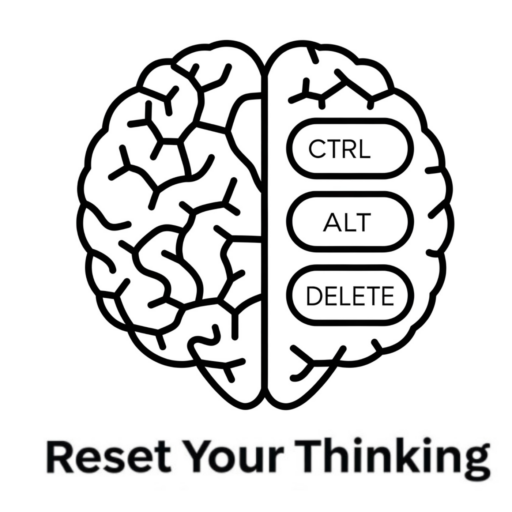“Find Your Why” by Simon Sinek, David Mead, and Peter Docker
I. Core Theme: Discovering and Articulating Your “Why”
- Central Idea: The book focuses on the importance of understanding why you do what you do. This “Why” is described as a deep-seated purpose, cause, or belief that is the source of passion and inspiration. “Every one of us has a WHY, a deep-seated purpose, cause or belief that is the source of our passion and inspiration.” The book argues that finding your Why is not just a philosophical exercise but a practical tool for making better decisions and achieving fulfillment. “This is what it means to find your Why. It is the start of an inspiring journey.”
- Fulfillment as a Right: The authors emphasize that fulfillment in work and life is not a privilege but a right. “Fulfillment is a right and not a privilege. Every single one of us is entitled to feel fulfilled by the work we do, to wake up feeling inspired to go to work, to feel safe when we’re there and to return home with a sense that we contributed to something larger than ourselves.”
II. The “Golden Circle” and the Biology of Decision Making
- The Golden Circle: The concept of “Why,” “How,” and “What” is grounded in the biology of human decision-making.
- What: Corresponds to the neocortex, the part of the brain responsible for rational and analytical thought, facts, and language.
- Why & How: Correspond to the limbic system, the part of the brain responsible for behavior, decision-making, feelings (trust, loyalty), and gut feelings. This part of the brain has no capacity for language, explaining why it’s hard to articulate “gut feelings.”
- Impact on Decision Making: Understanding your “Why” provides a point of reference for all decisions. “Once you understand your WHY, you’ll be able to clearly articulate what makes you feel fulfilled and to better understand what drives your behavior when you’re at your natural best.” It moves you away from gut decisions and towards choices aligned with your values.
III. The Process of “Why” Discovery
- Origin Story: The “Why” is essentially an origin story, rooted in past experiences, influences, and significant moments. “At its core, the WHY is an origin story. By looking to our past and teasing out the most significant threads—the experiences we’ve had, the people we’ve been influenced by, the lives we’ve touched and the highs and lows we’ve faced—we can identify patterns.” The process involves recalling and examining standout memories to find connections and themes.
- Individual vs. Group Discovery: The book outlines processes for discovering the “Why” both individually and within groups (“tribes”). “Chapter 3 is the step-by-step process for individuals—entrepreneurs or employees—to find their personal WHY. If you are using this book to help your team or organization find its…”
- The “Partner”: For individual discovery, a partner plays a crucial role as an active listener, helping to interpret stories and identify recurring themes. “Remember, to find your WHY you need to pan for gold in the river of your past, recalling stories of your life and career from which your significant themes can emerge. Only you can retrieve those stories from your memory, but when it comes to interpreting them, a second set of eyes and ears—a partner—is invaluable.”
- The “Three Conversations”: When discovering a “Why” as a group, the “Tribe Approach” is used, which relies on “Three Conversations” to share personal stories and identify themes.
IV. Articulating Your “Why” Statement
- The “To…So That…” Format: The book provides a simple structure for articulating your “Why” in a concise statement. “TO SO THAT .” The first blank represents your contribution to others, and the second represents the impact of your contribution.
- Qualities of a Good “Why” Statement: The “Why” statement should be simple, clear, actionable, focused on the effect you’ll have on others, and expressed in affirmative language that resonates with you.
- Authenticity: The importance of the “Why” statement being relevant to your personal and professional life is emphasized. “It is everlasting and must be relevant in both your personal and professional life. It is a statement of your value at work as much as it is the reason your friends love you. We don’t have a professional WHY and personal WHY. We are who we are wherever we are.”
V. “Hows” and “Whats”
- “Hows”: Describe the manner in which you behave when you’re at your best – the actions you take to create a thriving environment. “Like the Why Statement, HOWs are not aspirational. They do not express who we want to be. They express the manner in which we actually behave—the things we actually do—when we are at our best.”
- “Whats”: The products or services you offer.
- Unique Combination: The book stresses that your unique value lies not just in your “Why” but in the combination of your “Why” and your “Hows.” “It’s not in your WHY alone but in the combination of your WHY and your HOWs. This combination makes you one-of-a-kind.”
VI. Practical Application and Refinement
- The “Friends Exercise”: A method for validating and refining your “Why” statement by asking close friends why they are friends with you. The questions are designed to elicit the true value you have in their lives. “First, ask them, “Why are you friends with me?” Don’t be surprised if your pal looks at you as if you’ve grown three heads.”
- Living Your Why: The book emphasizes the importance of aligning your actions with your beliefs and constantly practicing and refining your “Why.” “When the things we say and the things we do are aligned with what we believe, we are fully living our WHY.”
- Embrace Imperfection: It is more important to take action on your “Why” than to wait for the perfect wording.
- Practice: Strangers are a great place to start practicing articulating your WHY.
VII. Nested “Why”s (For Organizations)
- Overarching “Why”: An organization has one overarching “Why.”
- Nested “Why”s: Subgroups within the organization can have “Nested Why”s, which are subordinate to and complement the organization’s overarching “Why.” “A Nested WHY always serves the company’s overarching WHY; it never competes with it.”
- Goal: The goal is for each individual to work for a company where they fit the culture.
VIII. Common Questions and Misconceptions
- Family as a “Why”: Family is a “What,” not a “Why.” Your “Why” will come from the feelings your family evokes in you.
- More Than One “Why”: Each person has only one “Why.”
- “Why” in Service to Others: A “Why” is always in service to others because it’s related to fulfillment, not just happiness.
- Adjusting “Why” to Suit Customers: A “Why” should be authentic, not manufactured to suit customers.
IX. Examples
- Simon Sinek’s Why: “To inspire people to do the things that inspire them so that, together, we can change our world.”
- David’s Why: “To propel people forward so that they can make their mark on the world.”
- La Marzocco (coffee machines): “To cultivate relationships so that the lives of others are enriched.”
- Southwest Airlines: A belief in caring for others.
This briefing document captures the essence of the book’s message and provides a framework for understanding and applying its principles.
RYT Podcast is a passion product of Tyler Smith, an EOS® Implementer (more at IssueSolving.com). All Podcasts are derivative works created by AI from publicly available sources. Copyright 2025 All Rights Reserved.

